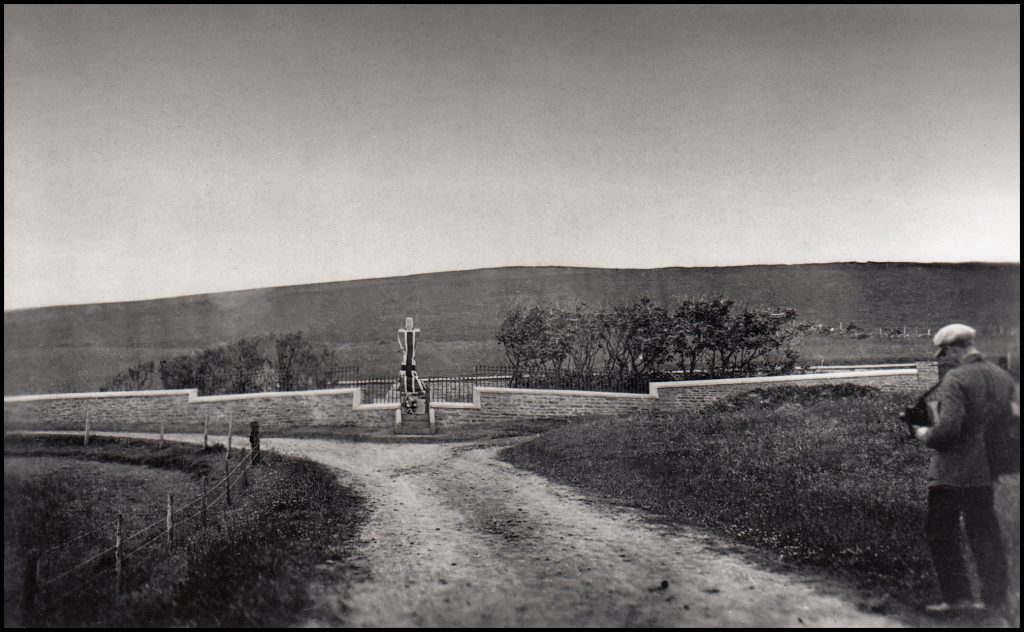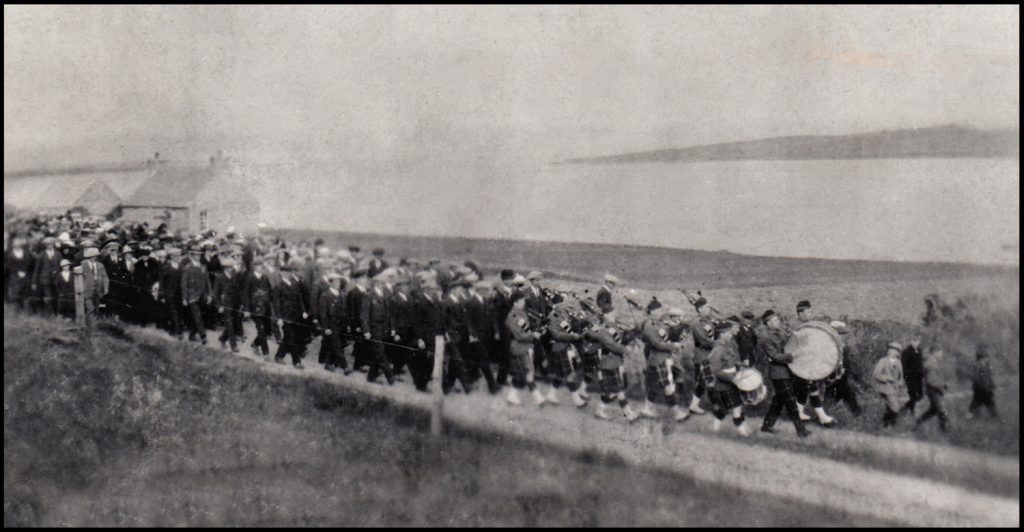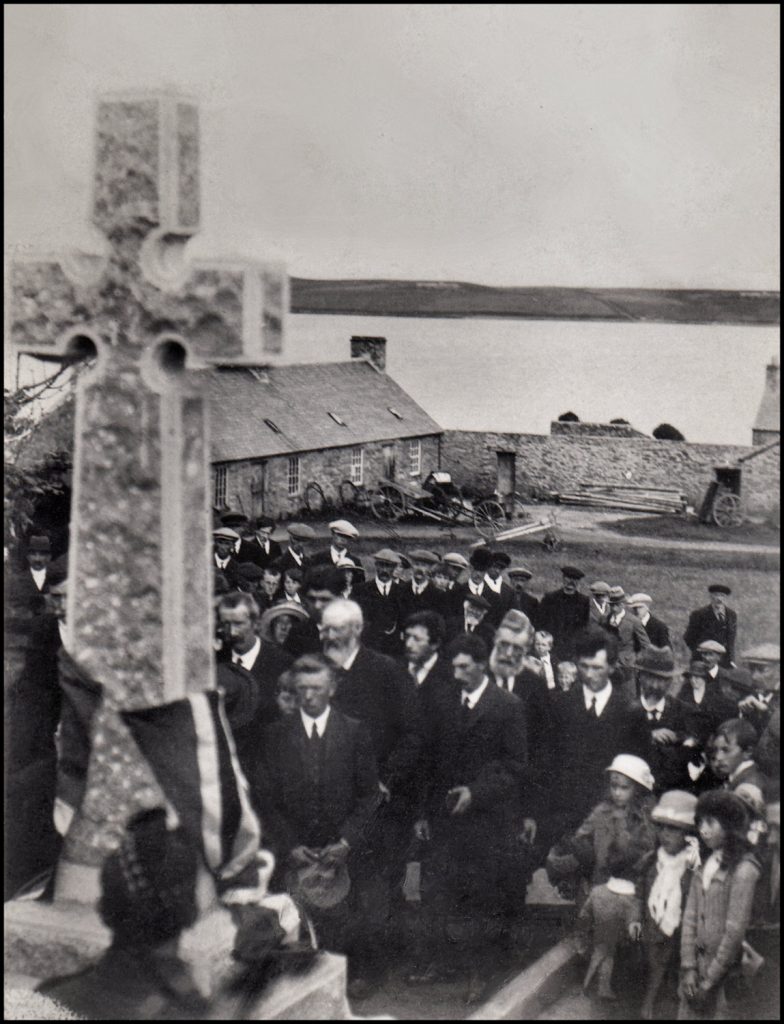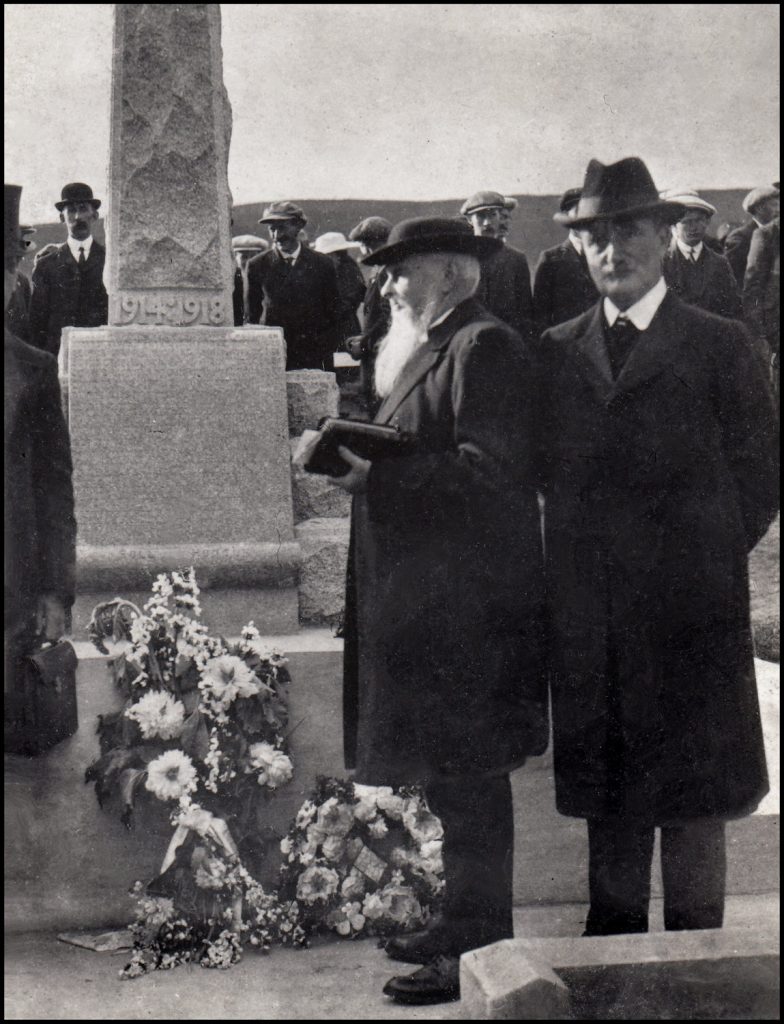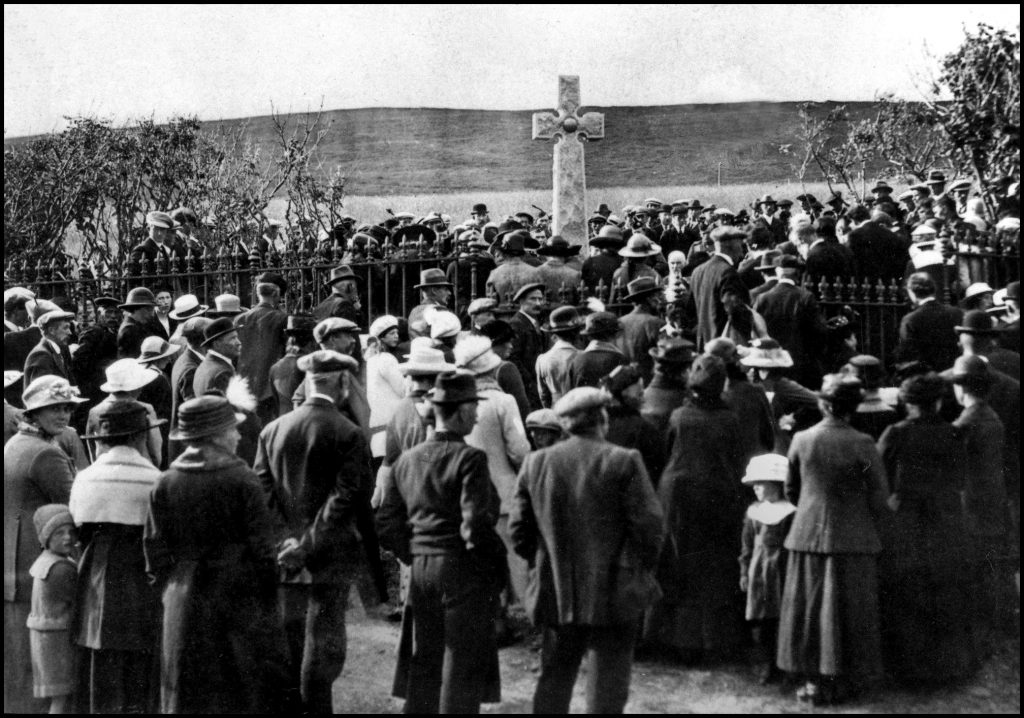UNVEILING OF ROUSAY WAR MEMORIAL
Sunday July 3rd 1921
[From the columns of The Orkney Herald, Wednesday July 6th 1921]

On Sunday last, a very large gathering of people convened at the Parish Church of Rousay for the unveiling of the war memorial. The War Committee, knowing that the young men whose names are on the memorial scroll had grown up around Mr [Alexander Irvine] Pirie during his long ministry in the islands, and taking advantage of his visitation to Rousay, asked him and Mrs Pirie to perform the unveiling. The Kirkwall Pipe Band, under Conductor Forsyth, were present. The service commenced in the Parish Church. The Rev. D. S. Brown and Mr Shepherd read the Scripture lessons, Mr Pirie led in prayer, and Rev. John Williamson preached, taking as his text Galatians vi. 14. [‘But God forbid that I should glory, save in the Cross of Our Lord Jesus Christ, by whom the world is crucified unto me, and I unto the world’]. The Dead March in “Saul” was played on the organ by Miss [Janet] Longbotham at the close of the church service. The large congregation was marshalled on the road at the church door, with the ex-service men in front, and, under the leadership of the Pipe Band, marched to the memorial near to the Trumland pier.
The bereaved and relatives were accommodated inside the enclosure along with the band and the ex-service men. The proceedings commenced with the singing of the 100th Psalm, led by Mr Hugh Gibson, precentor of the Parish Church. Mr Williamson read the Scripture lesson from Revelation vii., Mr Pirie read the names of the fallen inscribed on the memorial, and Mrs [Elsie] Pirie unveiled the memorial. Mr Brown led in the prayer of dedication.
Mr Pirie, [the bearded gentleman in the centre of the photograph, above right] in his address, said that he stood amongst them on that solemn occasion with very mixed feelings. He was thankful that he was able to be with them, and had been invited by the Committee to take part in that service. He felt deep regret that so many of their heroic young boys had fallen in the war, and he felt much sympathy with the bereaved parents and relatives. Before the war they were living calm, peaceful lives never thinking of what was in front of them. Some men of vision, like Lord Roberts and the late Sir Frederick Traill Burroughs, kept telling them of the danger that was threatening; but they continued to live in peace, thinking no evil, until the storm cloud burst upon them. Mr Pirie then proceeded to speak of the intentions of Germany, of the remarkable unity of all classes in the British Empire, the great heroism of the men who went forth to meet the enemy, and the courage and determination of the men and women who remained at home. Proceeding to speak of the victory gained, the preservation of our liberty, and our nationhood, he touched upon the great cost of lives and wealth and the long struggle during the war, and which would continue still for many years in repairing the awful destruction made by the war. He hoped the abiding memorial to these great and costly sacrifices would be the building in concord and brotherly good-will of a better country for all to Iive in. He closed by expressing his deep sympathy with the men who had come back from the war maimed and broken in body and mind and his sincere sympathy with the relatives of those boys who would never return.
The Pipe Band then played “The Flowers of the Forest,” [the moving ancient Scottish folk tune commemorating the defeat of the Scottish army of James IV at the Battle of Flodden in September 1513], and the bugler sounded the “Last Post.” [In military tradition, the Last Post is the bugle call that signifies the end of the day’s activities – and also sounded at military funerals to indicate that the soldier has gone to his final rest.] The singing of the National Anthem closed one of the largest and most impressive services Rousay had ever witnessed.
The Memorial stands in a clump of trees near the Trumland Pier. It is a Celtic cross of granite, artistically cut and polished, rising some twenty feet from its pedestal. The cross is in Aberdeen granite, but the scroll on which the names are inscribed is of Peterhead granite, inserted at the foot of the cross. The ground around has been neatly surrounded with a stone wall and iron railing, with concrete steps and walk around the Memorial. We understand the plantation of trees and ground within the enclosing wall have been gifted for the purpose by the Rousay Estate Trustees…..

The newspaper report then revealed the names of the men inscribed on the memorial, their ranks, where they lived in Rousay, Egilsay and Wyre, and their ages when they fell. Since then another four names have been added – commemorating those islanders who lost their lives during WWII. The information has since been corrected and updated, and is reproduced below:

1914–1918
Capt. A. GRAHAM SPARK, M.C. Manse, 9th K.O.Y.L.I., 9th April 1917, age 28.
Pte. JAMES BEWS Maeness, Egilshay, 2nd Seaforths, 6th May 1917, age 20.
Pte. GEORGE CRAIGIE Triblo, 74th Battalion, Machine Gun Corps, 21st September 1918, age 19.
Pte. JOHN CRAIGIE Bu, Viera, 1/4th Seaforths, between 23rd and 24th April 1917, age 30.
Pte. JOHN CRAIGIE Ploverhall, 14th (Labour) Cameronians, 1st May 1917, age 27.
Pte. DAVID FLAWS Hammerfield, 2nd Seaforths, 11th April 1917, age 20.
L/Cpl. ALFRED GIBSON Langskaill, 7th Seaforths, 12th October 1916, age 40.
Pte. ALFRED G. GIBSON Avelshay, 130th Field Company, R.E., 16th February 1916, age 21.
Pte. HUGH GIBSON Oldman, 7th Seaforths, 2nd May 1918, age 18.
Pte. JOHN DAVID GRIEVE Falldown, 1/4th Seaforths, 20th November 1917, age 28.
L/Cpl. GEORGE INKSTER, D.C.M. Knapper, Princess Patricia’s C.L.I., C.E.F., 17th July 1916, age 35.
Pte. JOHN A.M. INKSTER Essaquoy, 4th (Reserve) Seaforths, 1st July 1918, age 18.
Pte. JOHN LOGIE Grindlesbreck, 1/6th Gordons, 22nd November 1916, age 36.
Engr. ISAAC MARWICK Essaquoy, M.M., S.S. Southford, 25th February 1916, age 59.
Pte. JOHN H. MARWICK Quoys, 58th Battalion, Machine Gun Corps, 7th September 1918, age 21.
Pte. DAVID MUNRO Old School, 15th H.L.I., 17th March 1916, age 28.
Pte. HARRY REID Brough, 3rd Seaforths, 14th May 1917, age 23.
Pte. EDWARD SEATTER Banks, 8th/10th Gordons, 21st April 1917, age 19.
1939–1945
Sjt. JOHN S. GIBSON Hullion, 2nd Seaforths, 11th September 1944, age 25.
Signalman THOMAS WALLS Store Cottage, 18th Division Signals, 6th July 1945, age 25.
L.A.M. JAMES S. MAINLAND Weyland, Fleet Air Arm, HMS Dasher, 27th March 1943, age 24.
Sgt. Pilot ROBERT M. MAINLAND Essaquoy, 605 Squadron RAF, 25th April 1940, age 23.

Now follows a potted biography of each man, the information provided by Brian Budge, war historian of the Kirkwall Branch of the Royal British Legion. The corresponding photographs of the men are all from the Tommy Gibson Collection, as are those of the unveiling itself.
WORLD WAR I
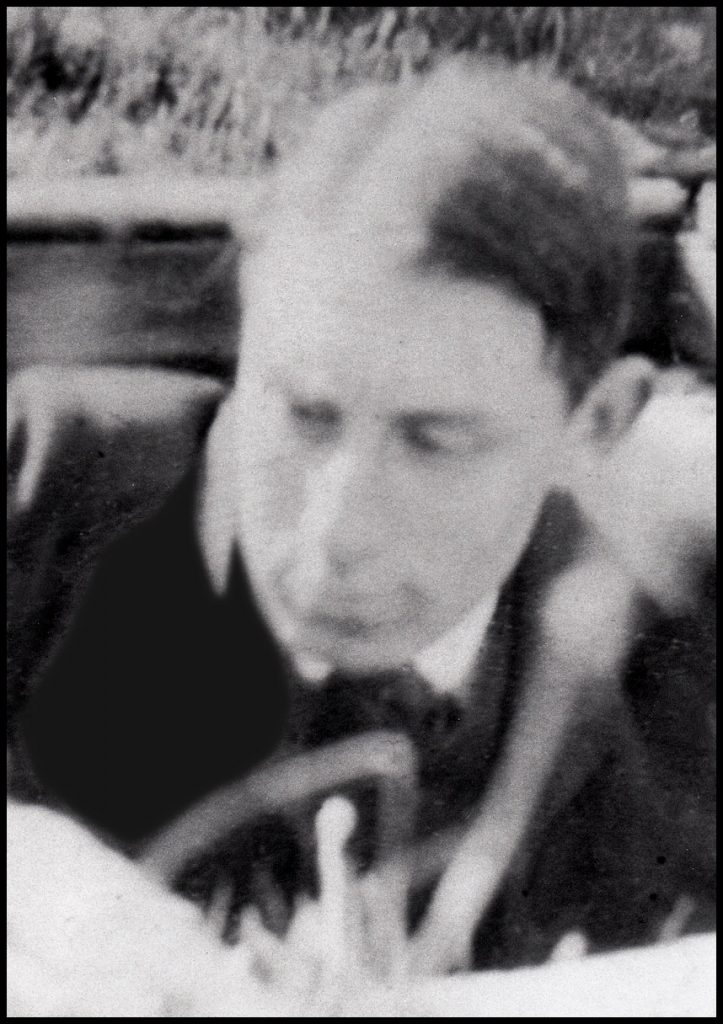
Captain Archibald Graham Spark, M.C.
9th King’s Own Yorkshire Light Infantry, killed in action near Hénin on 9th April 1917, aged 28.
Buried in Grave D.3, Cojeul British Cemetery, St. Martin-sur-Cojeul, Pas de Calais, France.
Born in Kirkwall on 14th June 1888, son of the Rev. Alexander Spark and Jane Livingstone Spark (née Oatt). The Orcadian reported his death in its “OUR ROLL OF HONOUR” section: “Captain A. Graham Spark, King’s Own Yorkshire Light Infantry, who has been killed in action was the third son of the Rev. Alex. Spark, parish minister (retired) of Rousay and Egilshay. He was trained for the legal profession in Kirkwall and Edinburgh, and held appointments with the Straits Trading Company, and also in Edmonton, Canada. He joined the K.O.Y.L.I. as a second lieutenant, and had been at the front since September 1915. For more than a year he was adjutant of his battalion, and had subsequently been selected for a staff appointment. He had been several times mentioned in dispatches.” Graham Spark was dead when the award of his Military Cross was announced in the 1917 King’s Birthday Honours List (see Sixth Supplement to The London Gazette of 1st June 1917).
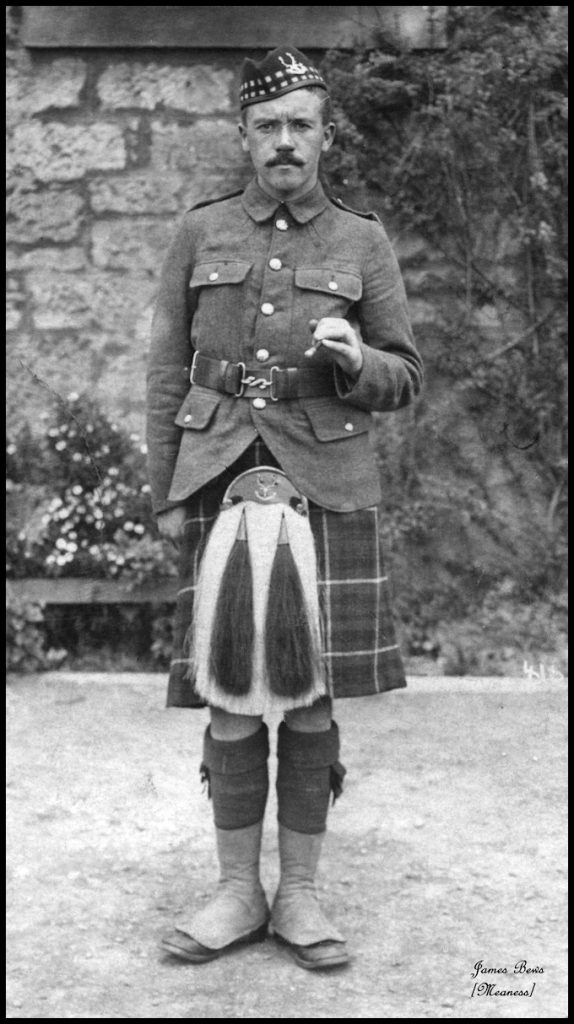
S/14935 Private James Bews
2nd Seaforths, died of wounds as a prisoner of war on 6th May 1917, aged 19.
Buried in Grave XIII.E.5, Cabaret-Rouge British Cemetery, Souchez, Pas de Calais, France.
Born at Whiteclett, Egilsay on 28th May 1896, son of James Bews and Robina Bews (née Grieve). James was a farm worker before he enlisted in Kirkwall. He was reported missing after 2nd Seaforth’s attack at Roeux on 11th April, had been wounded and taken prisoner. James probably died in a German field hospital in France nearly a month later (but not in Germany, as reported soon after in The Orcadian).
[Photo credit: The Bews family]
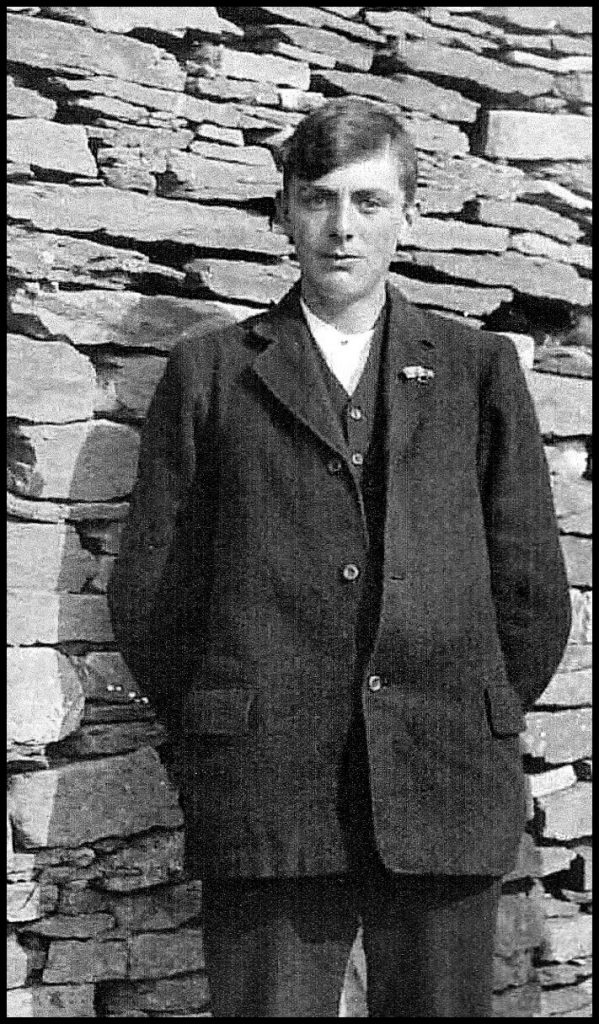
127655 Private George Craigie
74th Battalion, Machine Gun Corps, formerly S/22871 Black Watch, killed in action at the Quadrilateral, near Ronssoy on 21st September 1918, aged 19.
Buried in Grave I.AA.6, Unicorn Cemetery, Vend’huile, Aisne, France.
Born at Triblo, Sourin, Rousay on 23rd November 1898, son of John Craigie and Betsy Craigie (née Leonard). Before he enlisted in Kirkwall, George worked with his father at the Sourin Mill. The family was particularly badly affected by World War I, losing not only a son, but also a grandson, Hugh Gibson of Oldman, and a nephew, John Marwick of Quoys.
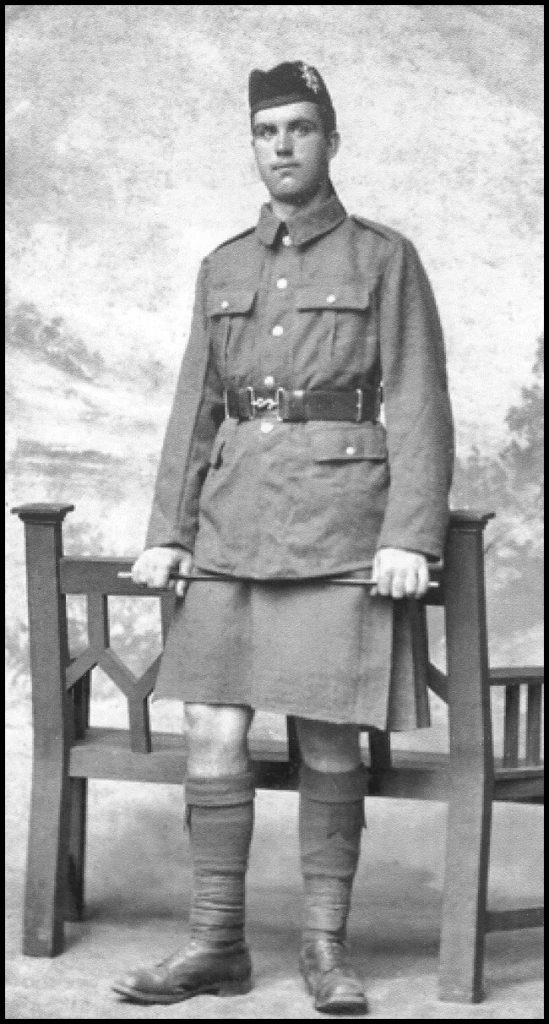
202650 Private John Craigie
1/4th Seaforths, killed in action at Roeux between 23rd and 24th April 1917, aged 30.
Commemorated in Bay 8, Arras Memorial, Pas de Calais, France.
Born at Breckan, Wasbister, Rousay on 25th March 1887, son of Samuel Craigie and Ann Craigie (née Craigie). Before he enlisted in Kirkwall, John worked on the family farm, at Bu on Wyre.
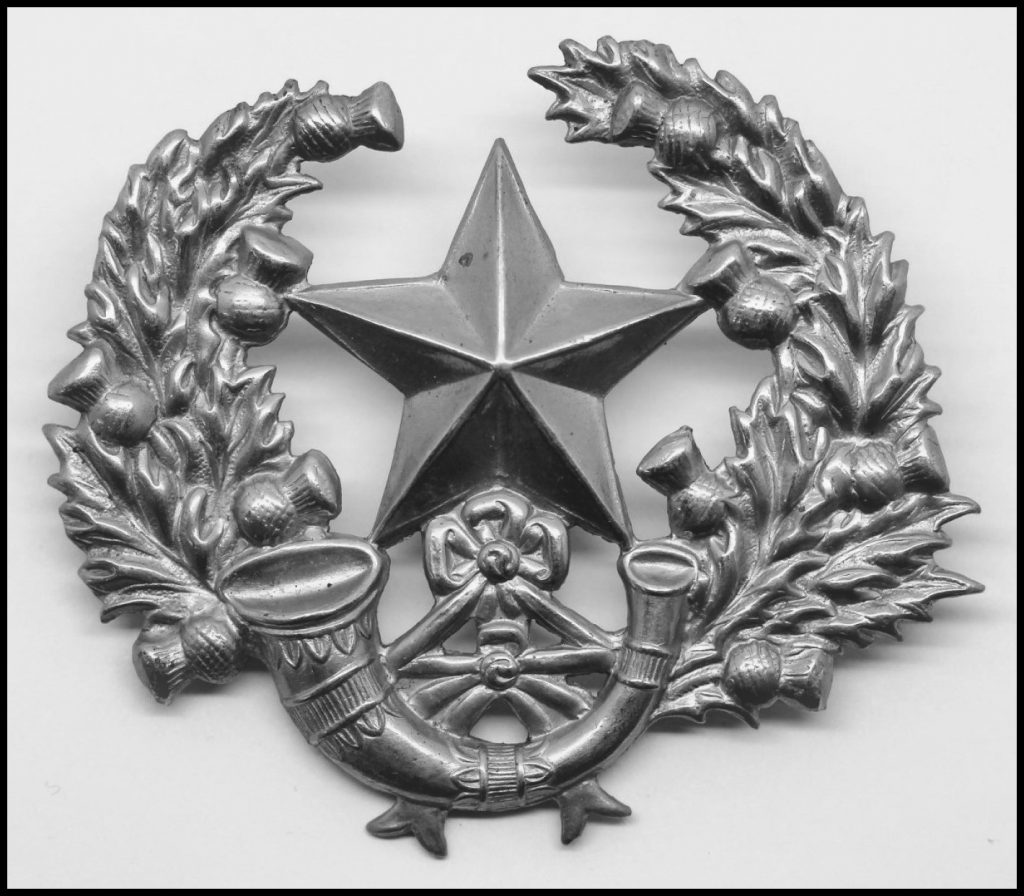
18963 Private John Craigie
14th (Labour) Cameronians (Scottish Rifles), died of tuberculosis in Edinburgh Royal Infirmary on 1st May 1917, aged 27.
Buried in Grave D.20, Comely Bank Cemetery, Edinburgh, Scotland.
Born at Claybank, Rousay on 18th February 1890, son of Magnus Craigie and Ellen Craigie (née Cooper). Before he enlisted, John was a farm worker at Cogar.
[As no image of John Craigie is available I have used a photo of his regiment’s cap badge]
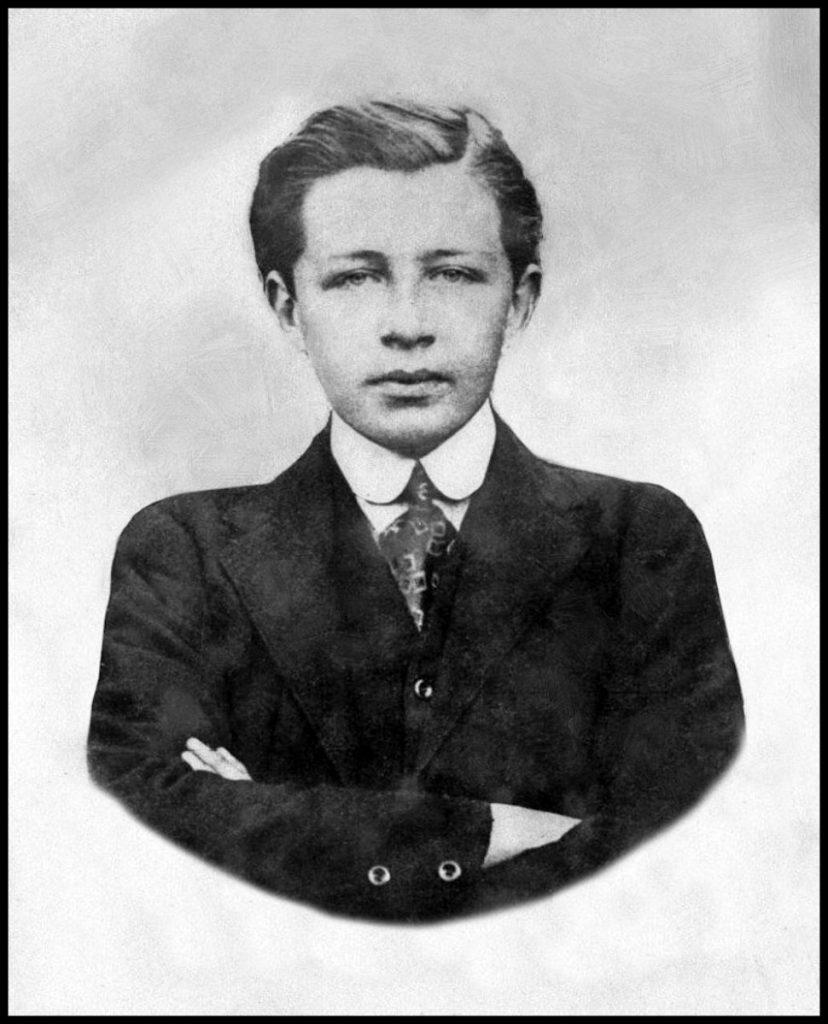
S/12631 Private David Flaws
2nd Seaforths, killed in action at Roeux on 11th April 1917, aged 20.
Buried in Grave J.30, Athies Communal Cemetery Extension, Pas de Calais, France.
Born at Hammerfield, Rousay on 17th March 1897, son of James Flaws and Mary Flaws (née Marwick). He was one of seven Orcadians who died as a result of 2nd Seaforth’s disastrous attack at Roeux on 11th April.
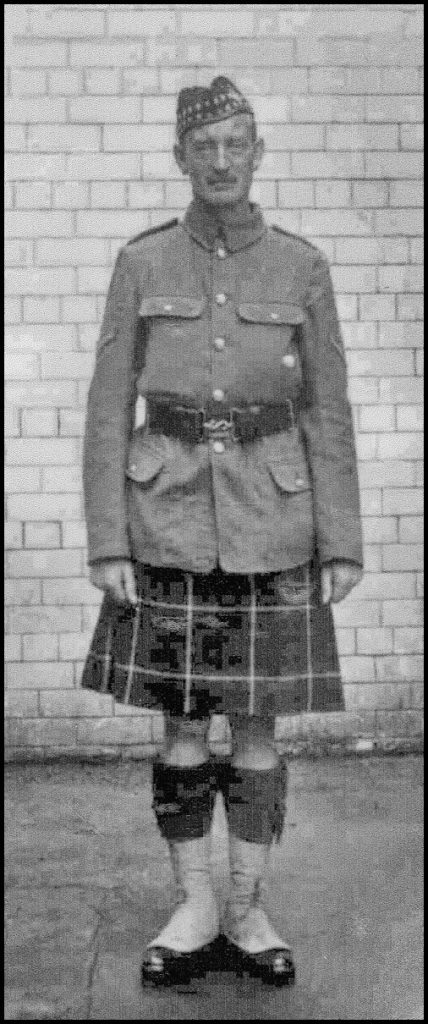
S/12881 Lance Corporal Alfred Gibson
7th Seaforths, killed in action at the Butte de Warlencourt on 12th October 1916, aged 40.
Buried in Grave V.E.5, Warlencourt British Cemetery, Pas de Calais, France.
Born at Langskaill, Rousay on 10th September 1876, son of John Gibson and Jane Gibson (née Gibson). Before he enlisted in Preston, Lancashire, Alfred was a draper in Manchester.

65947 Sapper Alfred George Gibson
130th Field Company, Royal Engineers. Died of wounds in hospital on 16th February 1916, aged 21.
Buried in Grave VIII.D.55, Boulogne Eastern Cemetery, Pas de Calais, France.
Born at Avelshay, Rousay on 1st December 1894, son of George Gibson and Annabella Gibson (née Logie). Before he joined up, Alfred worked on the farm at home. The Gibsons of Avelshay lost not only their son, but also a brother, Alfred Gibson of Langskaill.
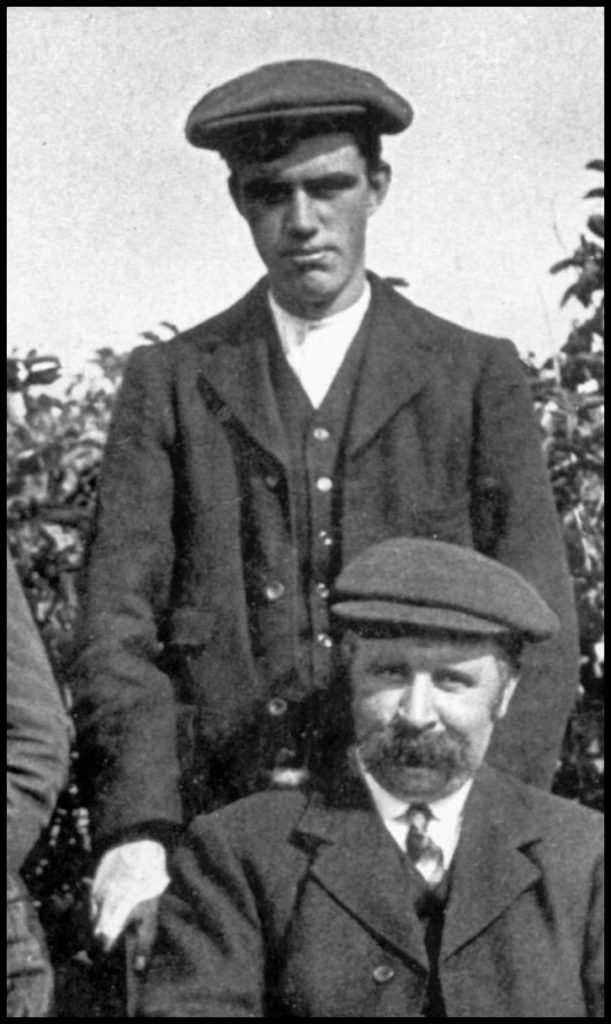
S/24029 Private Hugh Gibson
7th Seaforths, died of wounds in hospital on 2nd May 1918, aged 19.
Buried in Grave LXV.A.19, Etaples Military Cemetery, Pas de Calais, France.
Born at Triblo, Sourin, Rousay on 9th April 1899, son of Hugh Gibson [seated in the photo] and Betsy Gibson (née Craigie). The Gibsons later moved to Pow and Faraclett.
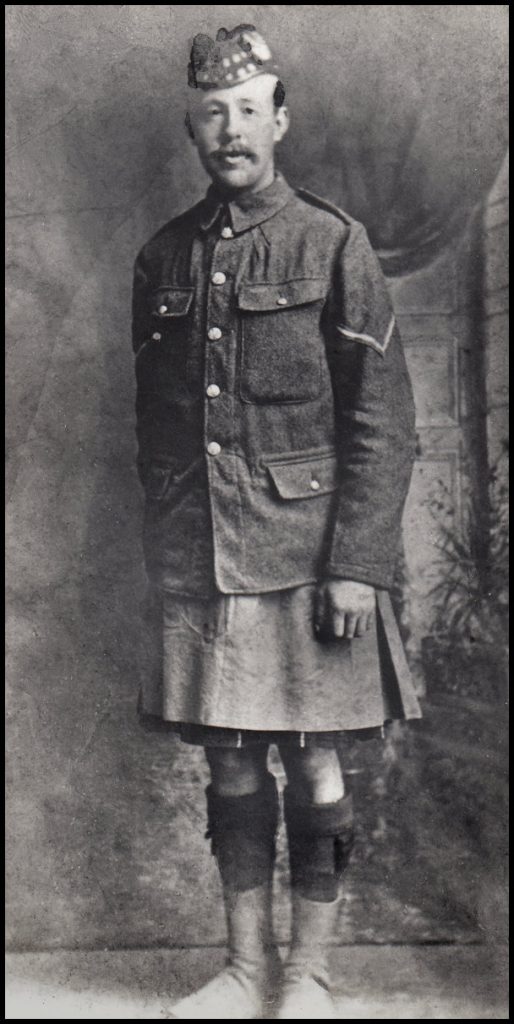
S/12611 Private John David Grieve
1/4th Seaforths, killed in action near Flesquières on 20th November 1917, aged 28.
Commemorated on the Cambrai Memorial, Louveral, Nord, France.
Born at Fa’doon, Rousay on 28th February 1889, son of William Grieve and Christina Grieve (née Craigie). Before he enlisted in Kirkwall, John was a joiner and worked for Peace’s of Kirkwall.
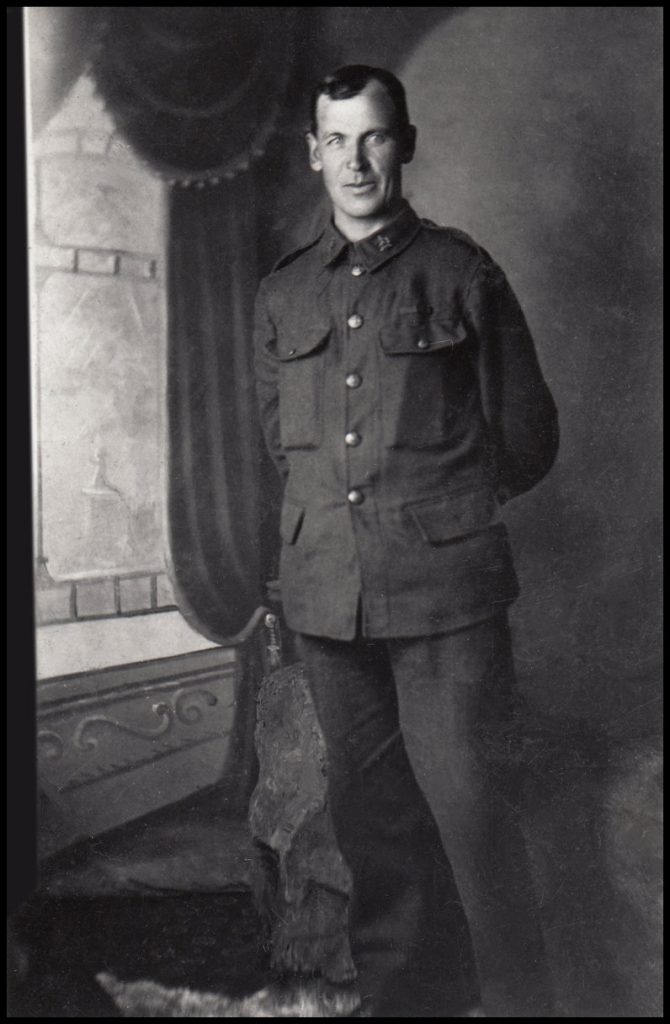
1593 Private George Inkster, D.C.M.
Princess Patricia’s Canadian Light Infantry, died of wounds on 17th July 1916, aged 35.
Buried in Grave VI.B.15, Railway Dugouts Burial Ground, Ieper, West-Vlaanderen, Belgium.
George served his trade as a carpenter. In Ottawa on 24th August 1914 he joined Princess Patricia’s Canadian Light Infantry, raised by Hamilton Gault of Montreal and named after the daughter of the Governor-General, the Duke of Connaught. Like most volunteers who joined that Battalion then, George had previous military service, having served in 31st Battalion, Imperial Yeomanry (Fincastle’s Horse) in South Africa. He was awarded the Distinguished Conduct Medal “for conspicuous gallantry and devotion to duty on May 8th 1915 at Hooge. Pte. Inkster stationed himself at the end of a communication trench and shot several of the enemy attempting to come down it. He was alone at the time. He also carried several important messages under a very heavy fire and was always willing to undertake dangerous work.”
Born at Hammer, Wasbister, Rousay on 29th April 1881, son of Hugh Inkster and Georgina Inkster (née Harcus). The Inksters moved to Knapper from Geo at Westness. Earlier they had farmed Hammer until the laird made it part of Innister, leaving them without a livelihood.
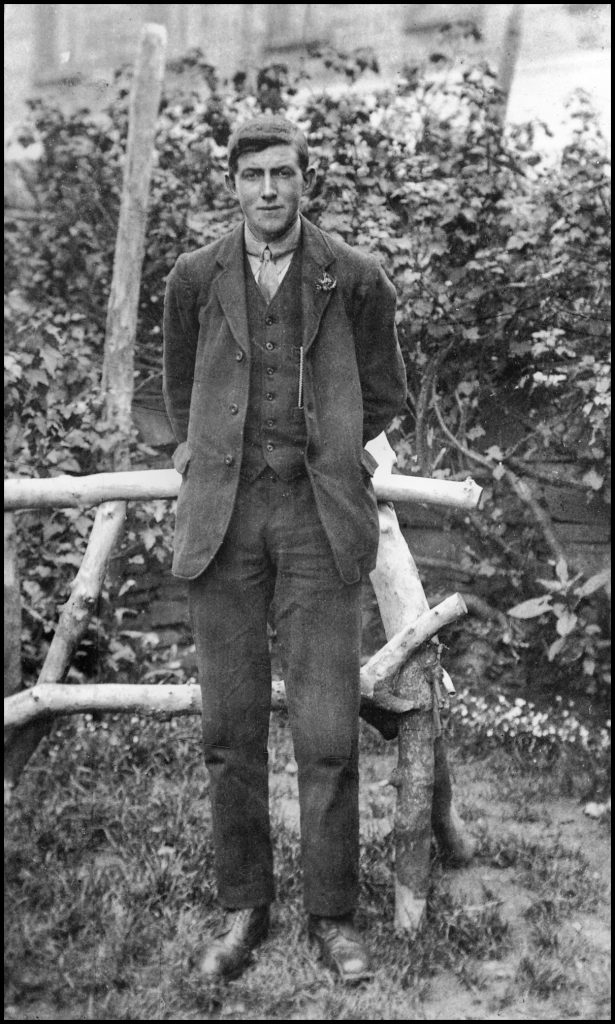
S/27889 Private John Angus Munro Inkster
4th (Reserve) Seaforths, died of meningitis in Loanhead Hospital, near Edinburgh on 1st July 1918, aged 18. John’s body was returned home and buried in Scockness Cemetery, Rousay.
Born at Swartifield, Sourin, Rousay on 4th November 1899, son of John Inkster and Jane Inkster (née Irvine). John enlisted in Inverness. His family later moved to Woo.
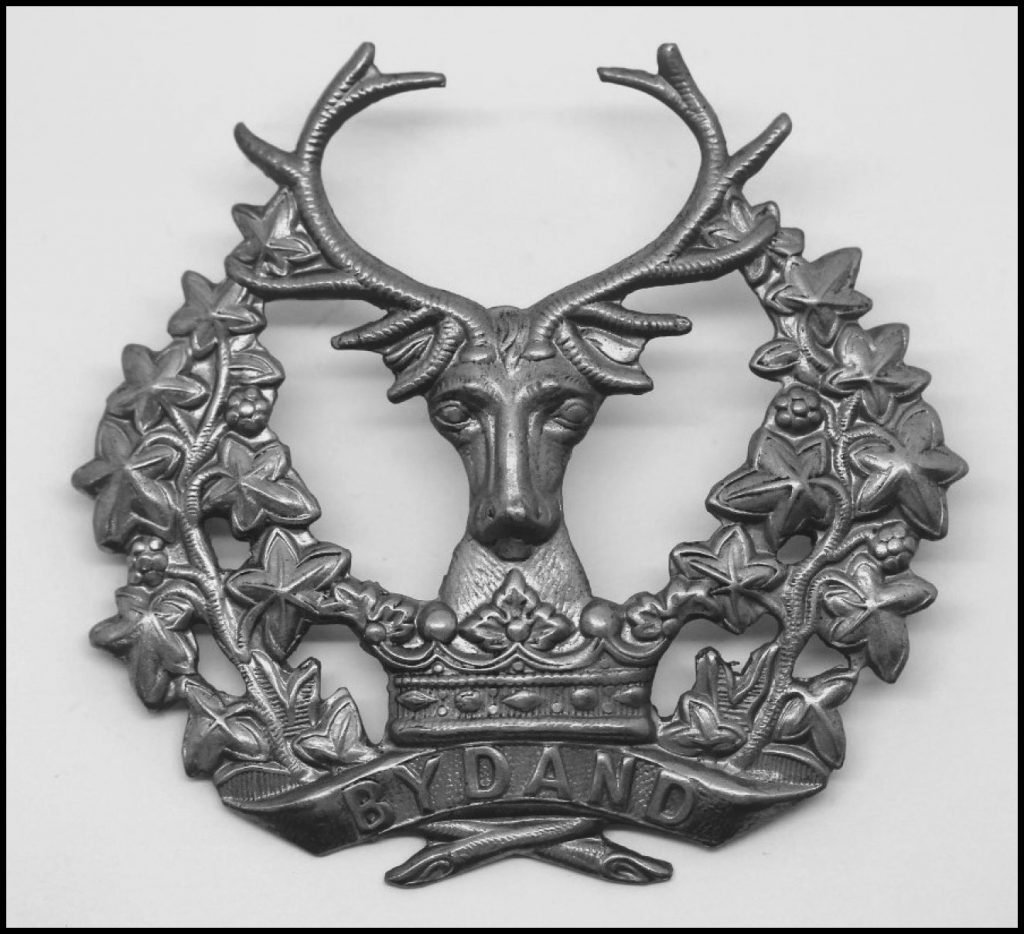
14066 Private John Gibson Logie
1/6th Gordons, died of wounds received at Beaumont Hamel on 22nd November 1916, aged 37.
Buried in Grave I.K.19, Mailly Wood Cemetery, Somme, France.
Born at Quoygrinnie, Rousay on 19th November 1879, son of John Logie and Mary Logie (née Gibson).
Before he enlisted, John was a cattle dealer. He spent his childhood at Quoygrinnie, his father being a shepherd at Westness. John’s sister, Mary, who was a nurse, lived latterly at Rose Cottage with her cousin, Minna Logie.
[No image is available of Pte Logie. Instead I include a photo of a Gordon Highlander’s cap badge]
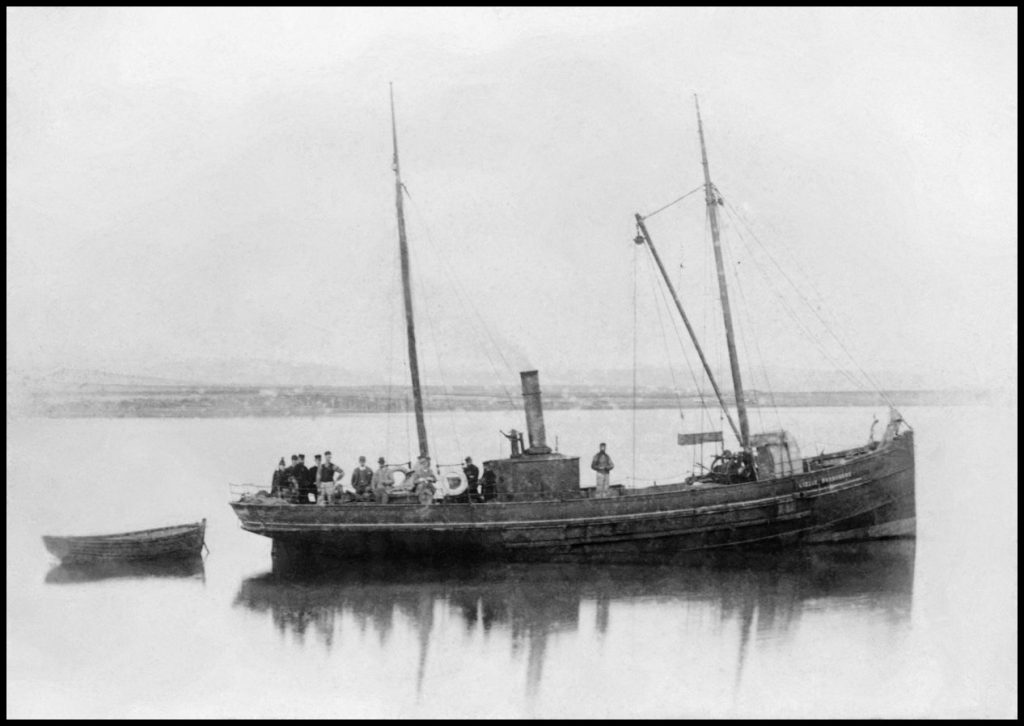
Engineer Isaac Marwick, Mercantile Marine
Died on 25th February 1916, aged 58, in the sinking of S.S. ‘Southford’ (Glasgow), which struck a mine and sank when leaving Harwich harbour. All the crew were saved, but Isaac died of a heart attack, brought on by the sudden immersion in cold water after being in the heat of the engine room.
Commemorated on the Tower Hill Memorial, London.
Born at Essaquoy, Sourin, Rousay on 28th October 1857, son of Robert Marwick and Bella Marwick (née Mainland). Isaac was married to Sarah Harrold from Rendall and they had two children, Robert and Maggie Ann. Isaac was a blacksmith at Rousay Pier, was engineer on the steamer ‘Lizzie Burroughs’ for a time. He was engineer on S.S. ‘Hoy Head’ for many years, was on the S.S. ‘Southford’, sailing out of Leith, when he met his death. He and Sarah had their home at 5 Inverleith Terrace, Edinburgh. [The ‘Lizzie Burroughs’ is pictured to the left at Trumland pier in the late 1800s]
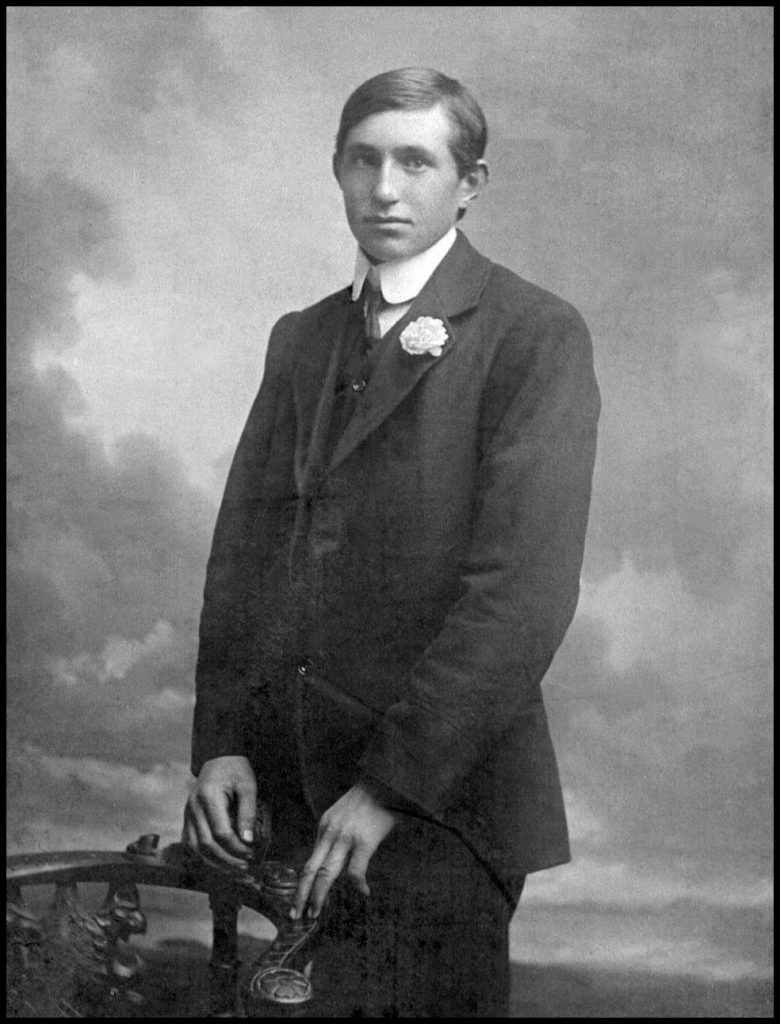
138391 Private John Hourston Marwick
58th Battalion, Machine Gun Corps, formerly 13092 Seaforths, killed in action near Epéhy on 7th September 1918, aged 21.
Commemorated on Panel 10, Vis-en-Artois Memorial, Pas de Calais, France.
Born at Essaquoy, Sourin, Rousay on 30th April 1897, son of David Marwick and Ann Marwick (née Leonard).

13423 Private David William Munro
15th Highland Light Infantry, killed in action near Aveluy on 17th March 1916.
Buried in Grave D.20, Aveluy Communal Cemetery Extension, Somme, France.
Born at Old School, Sourin, Rousay on 17th October 1887, son of Alexander Munro and Christina Munro (née Stephen). David was working in Glasgow when he enlisted there.
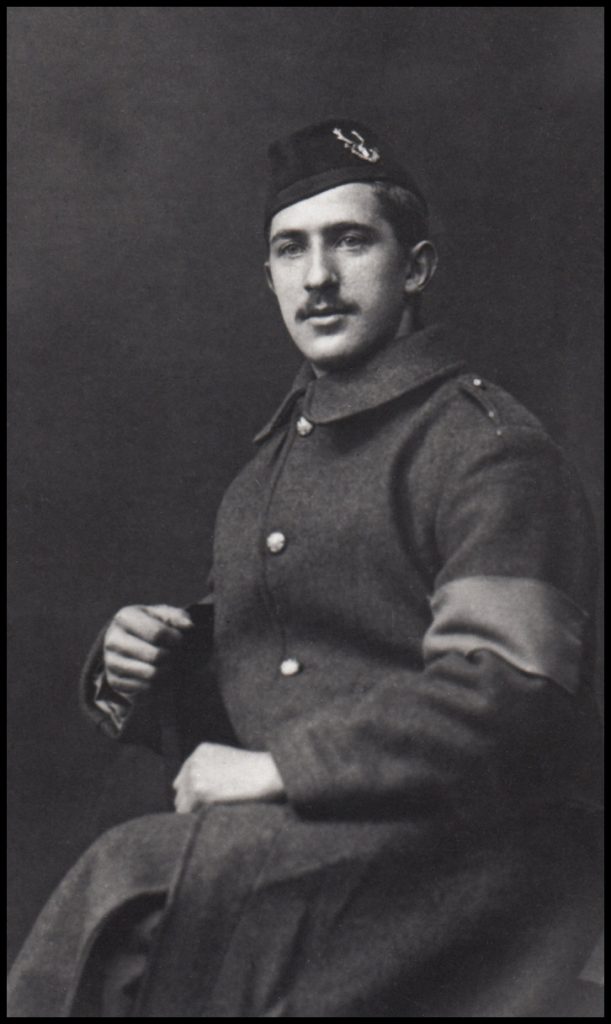
S/12891 Private Harry Reid
3rd (Reserve) Seaforths, died of measles and pneumonia on 14th May 1917, aged 22.
Born at Brough, Westside, Rousay on 26th November 1894, son of Alexander Reid and Harriet Henrietta Reid (née Logie). Harry’s mother died of haemorrhage three hours after his birth. His father later moved to Longhope on Hoy, where he was employed as a gardener at Melsetter House. Harry died in the family home there in 1917, but was buried in Westness Cemetery, Rousay in a military funeral. His brother Alex. served in a Canadian artillery unit and survived the war.
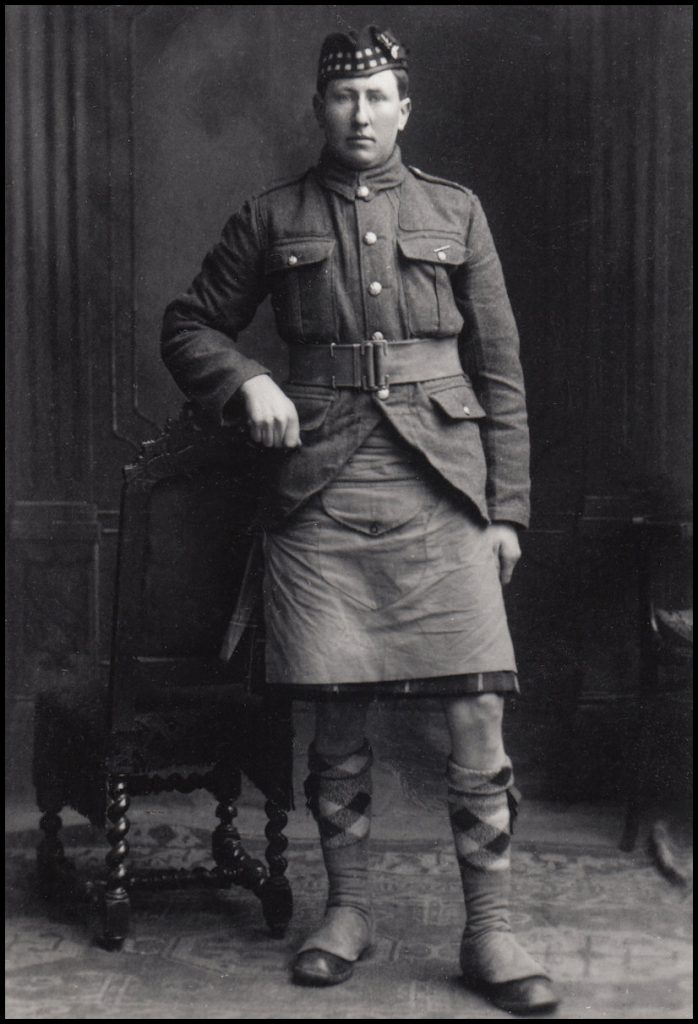
S/41098 Private Edward King Seatter
8th/10th Gordons, killed in action near Guémappe on 21st April 1917, aged 19.
Commemorated in Bay 9, Arras Memorial, Pas de Calais, France.
Born at Banks, Sourin, Rousay on 19th August 1897, son of Robert Seatter and Sibella Seatter (née King). Before he enlisted in Kirkwall, Edward worked on the family farm.
WORLD WAR II

2823354 Serjeant John Sinclair Gibson
2nd Seaforths, died at Le Havre on 11th September 1944, aged 25.
Buried in Grave 7, Row P, Divn. 67, Ste. Marie Cemetery, Le Havre, Seine-Maritime, France.
John’s parents were James Gibson and Mary Gibson (née Cooper). Before he joined up John worked at home, Hullion, Rousay. He went through the whole of the North African campaign, then returned to Britain to take part in the invasion of France. John survived the Normandy campaign, but was killed during the fighting to clear the Germans out of the port of Le Havre.
John is pictured at Hullion with his niece Mary Gibson.
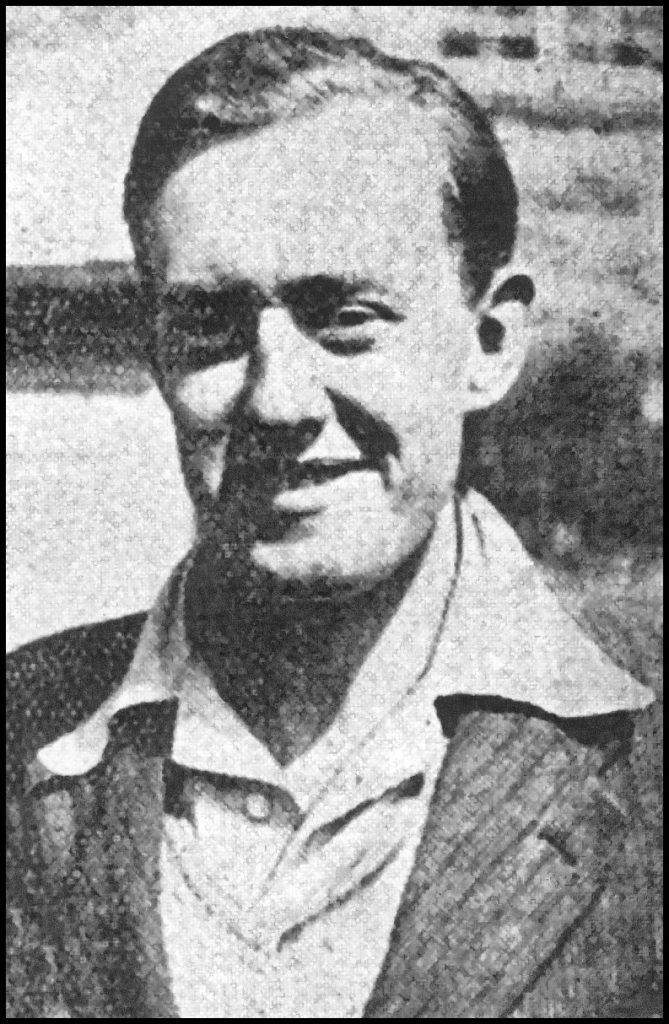
2365466 Signalman Thomas Walls
18th Division Signals, died in a P.O.W. Camp in Thailand on 6th July 1945, aged 24.
Buried in Grave 6.E.40, Kanchanaburi War Cemetery, Thailand.
Tom’s parents were William R. Walls and Jean Walls (née Ross) who had married in Glasgow in 1919. When Tom was born, the family lived at Store Cottage, Rousay. The family moved to Kirkwall and Tom was Dux of Kirkwall Grammar School in 1938. Tom worked for a couple of months delivering letters for the Post Office in Kirkwall, while he waited for his call up papers to arrive. Tom was taken prisoner at the fall of Singapore in February 1942, had to endure the harsh treatment to which the Japanese subjected those who worked on the Burma-Siam railway. Tom died only a month before the surrender of Japan.
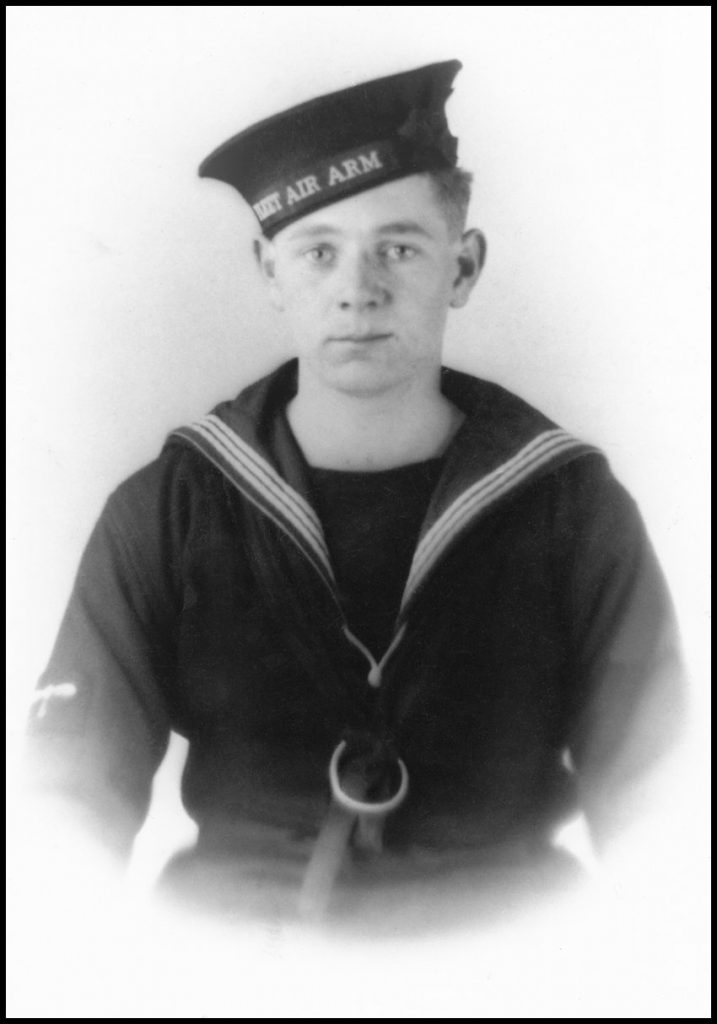
FAA/SFX.612 Leading Air Mechanic James Sinclair Mainland
Royal Navy, died when H.M.S. “Dasher” blew up in the Clyde on 27th March 1943, aged 24.
Commemorated on Panel 4, Bay 4 of the Lee-on-Solent Memorial, Hampshire, England.
James’s parents were George Mainland and Violet Mainland (née Sinclair). Before he joined the Navy, James worked on the family farm, at Weyland, Egilsay.
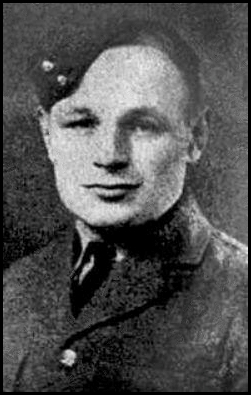
566410 Sgt. Pilot Robert Marwick Mainland R.A.F.
Robert Marwick Mainland was born on September 9th 1916 at 11 Broad Street, Kirkwall. He was the son of Robert Mainland, Essaquoy, and Jessie Marwick, Scockness.
Young Robert joined the RAF, and was later promoted as Sergeant Pilot to 605 Squadron in 1939. Then stationed at Tangmere, West Sussex, the squadron moved to Wick, Caithness in February 1940.
On April 25th 605 Squadron were scrambled to investigate unidentified aircraft activity in the sky in proximity to Scapa Flow, the Home Base of the Royal Navy. While flying in tight formation another plane came into contact with Robert’s, the damage causing his plane to plummet towards the ground. Robert managed to bale out but his parachute failed to deploy properly and his impact with the ground proved fatal. Sergeant Pilot Robert Marwick Mainland was buried with full military honours on 30 April 1940 in Grave 411, Section O, in Wick Cemetery, Caithness.
His name was added to the Rousay War Memorial in the Spring of 2017, and a dedication service was attended by his cousin, niece and nephew, and representatives of the Kirkwall Branch of the Royal British Legion Scotland.
[Photo credit: David W Earl / Hanover Publications]

ACT OF REMEMBRANCE
Let us remember before God, and commend to his sure
keeping: those who have died for their country in war;
those whom we knew, and whose memory we treasure;
and all who have lived and died in the service of mankind.
They shall grow not old as we that are left grow old:
Age shall not weary them, nor the years condemn.
At the going down of the sun and in the morning
We will remember them.
We will remember them.
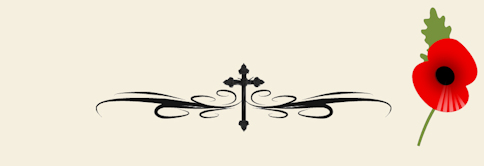
Grateful thanks to Brian Budge for allowing me to use information from the Rousay War Memorial
section in his extensive ‘Orkney War Memorials’ which can be found on the Kirkwall Branch
of the Royal British Legion website.
